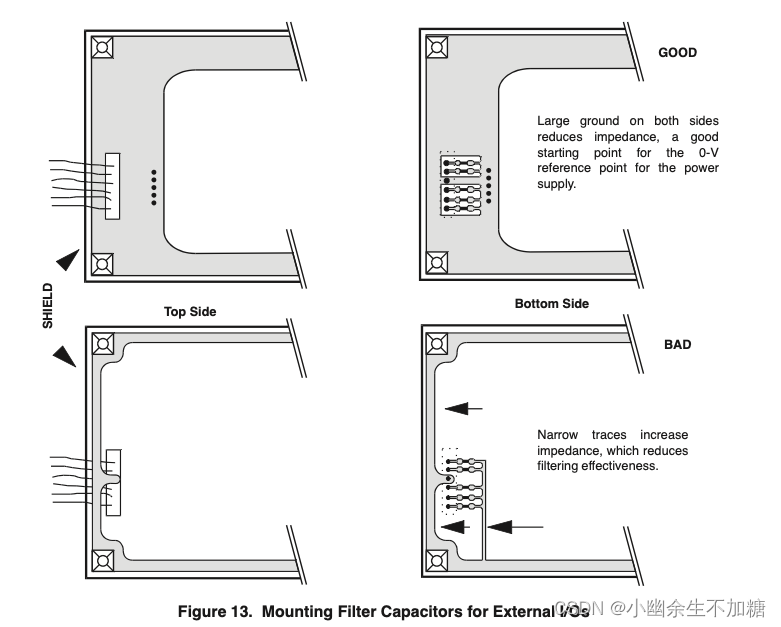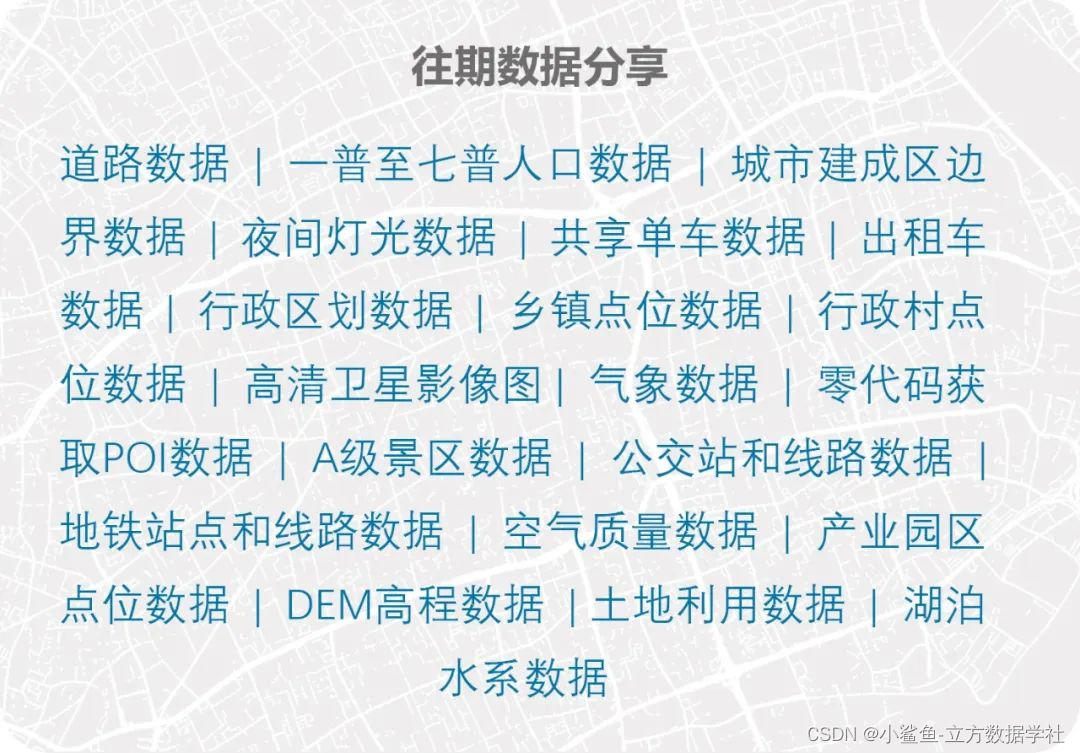一、题目
(一) 赛题原文
2024 ICM Problem E: Sustainability of Property Insurance

Extreme-weather events are becoming a crisis for property owners and insurers. The world has endured “more than $1 trillion in damages from more than 1,000 extreme-weather events in recent years.” [1] The insurance industry saw claims for natural disasters in 2022 increase by “115% compared to the 30-year average.” [1] Conditions are expected to get worse as losses from severe weather-related events are likely to increase due to floods, hurricanes, cyclones, droughts, and wildfires. Premiums for insurance coverage are rising quickly, with climate change fueling projected increases of 30-60% by 2040. [1]
Property insurance is not only getting more expensive, but also harder to find, as insurance companies change how and where they are willing to underwrite policies. The weather-related occurrences propelling the cost of property insurance premiums look different depending on where you are in the world. Additionally, the insurance protection gap averages 57% worldwide and is increasing. [2] This highlights the industry’s dilemma - the emerging crisis in profitability for the insurers and in affordability for the property owners.
COMAP’s Insurance of Catastrophes Modelers (ICM) are interested in the sustainability of the property insurance industry. As climate change increases the likelihood of more severe weather and natural disasters, ICM wants to determine how best to posture property insurance now such that there is resilience in the system to cover the cost of future claims while also ensuring long-term health of insurance companies. If insurance companies are unwilling to underwrite policies in too many cases, they will go out of business due to too few customers. Conversely, if they underwrite policies that are too risky, they may pay too many claims. Under what conditions should insurance companies underwrite policies? When should they choose to take the risk? Is there anything a property owner could do to influence this decision? Develop a model for insurance companies to determine if they should underwrite policies in an area that has a rising number of extreme weather events. Demonstrate your model using two areas on different continents that experience extreme weather events.
As we look to the future, communities and property developers need to be asking themselves how and where to build and grow. As the insurance landscape changes, future real-estate decisions must be made to ensure properties are more resilient and built deliberately, including the viability to offer appropriate services to growing communities and populations. How can your insurance model be adapted to assess where, how, and whether to build on certain sites?
There may be communities where your insurance model recommends against underwriting current or future property insurance policies. This may result in community leaders facing tough decisions about properties with cultural or community significance. For example, the Cape Hatteras Lighthouse was moved on the Outer Banks of North Carolina to protect this historic light house along with the local tourism industry centered around it. [3] As a community leader, how could you identify buildings in a community that should be preserved and protected due to their cultural, historical, economic, or community significance? Develop a preservation model for community leaders to use to determine the extent of measures they should take to preserve buildings in their community.
Select a historic landmark – not Cape Hatteras Lighthouse – that is in a location that experiences extreme weather events. Apply your insurance and your preservation models to assess the value of this landmark. Compose a one-page letter to the community recommending a plan, timeline, and cost proposal for the future of their treasured landmark considering the insight you have gained from the results of your insurance and preservation models.
(二)赛题翻译
极端天气事件正在成为业主和保险公司的危机。近年来,全球已经承受了“1000多起极端天气事件造成的超过 1 万亿美元的损失”。保险业发现,2022 年自然灾害的理赔“比30年平均水平增加了 115%”。
由于洪水、飓风、旋风、干旱和野火,与恶劣天气有关的事件造成的损失可能会增加,预计情况会变得更糟。保险保费正在迅速上涨,预计到 2040 年,气候变化将推动保费上涨 30-60%。
随着保险公司改变承保方式和承保地点,财产险不仅变得越来越贵,而且更难找到。与天气有关的事件推动了财产保险保费的成本,这取决于你在世界上的不同地方。此外,全球保险保障缺口平均为 57%,而且还在扩大。这凸显了该行业的困境——保险公司的盈利能力和业主的负担能力正在出现危机。
COMAP 的巨灾保险建模师(ICM)对财产保险业的可持续性很感兴趣。随着气候变化增加了更严重的天气和自然灾害的可能性,ICM 希望确定现在如何最好地部署财产保险,使系统具有弹性,以支付未来索赔的成本,同时确保保险公司的长期健康。如果保险公司不愿意在太多的情况下承保保单,他们就会因为客户太少而倒闭。相反,如果他们承保风险太大的保单,他们可能会支付过多的索赔。
保险公司应该在什么情况下承保保单?他们应该在什么时候选择承担风险?业主能做些什么来影响这个决定吗?为保险公司开发一个模型,以确定他们是否应该在极端天气事件越来越多的地区承保保单。用不同大陆上经历极端天气事件的两个地区来演示你的模型。
当我们展望未来时,社区和房地产开发商需要问自己如何以及在哪里建设和发展。随着保险格局的变化,必须做出未来的房地产决策,以确保房产更具弹性和有意建造,包括为不断增长的社区和人口提供适当服务的可行性。如何调整你的保险模式,以评估在哪里、如何以及是否在某些地点进行建设?
在某些社区,你的保险模式可能会建议不要承保当前或未来的财产保险单。这可能会导致社区领导人面临如何对具有文化或社区意义的资产采取行动的艰难决定。例如,哈特拉斯角灯塔被转移到北卡罗莱纳州的外滩,以保护这座历史悠久的灯塔以及以它为中心的当地旅游业。作为一个社区领袖,你怎么能在一个因其文化、历史、经济或社区意义而应被保存和保护的社区?为社区领导人制定一个保护模型,以确定他们应该采取哪些措施来保护社区内的建筑。
选择一个历史地标-不是哈特拉斯角灯塔-在经历极端天气事件的位置。运用你的保险和保护模型来评估这个地标的价值。考虑到你从保险和保护模型的结果中获得的见解,给社区写一封一页的信,推荐他们珍贵地标未来的计划、时间表和成本建议。
二、赛题分析
这个数学建模赛题关注于极端天气事件对财产所有者和保险公司的危机。保险业在2022年的自然灾害索赔增长了115%,而且气候变化导致的极端天气事件预计会导致保险费用的快速增加。保险公司面临盈利能力下降和财产所有者承担不起保险费用的困境。解决这个问题需要建立数学模型来评估保险公司是否应该承保风险较高的地区,并为社区领导者提供保护文化遗产的决策模型。
针对第一个问题,需要建立保险承保模型,考虑极端天气事件频发地区的风险和潜在赔偿成本,以及保险公司的盈利能力和客户数量。可能的方法包括风险评估模型和保险费率模型,通过数学优化算法来确定保险公司是否应该承保某个地区的风险。
针对第二个问题,需要建立文化遗产保护模型,考虑到建筑物的文化、历史、经济和社区意义,以及地区极端天气事件的影响。可能的方法包括建筑结构风险评估模型和文化遗产保护决策模型,通过多因素评估来确定建筑物的保护措施和程度。
针对第三个问题,需要选定一个历史地标,评估其价值,并根据保险和保护模型的结果提出未来的规划、时间表和成本建议。可能的方法包括对地标价值进行综合评估,考虑保险模型和保护模型的建议,提出保护和维护计划。





![SCI 1区论文:Segment anything in medical images(MedSAM)[文献阅读]](https://img-blog.csdnimg.cn/img_convert/4af6fd05e52fcf8a6dc046d3e327b3e3.png#pic_center)


![[ai笔记3] ai春晚观后感-谈谈ai与艺术](https://img-blog.csdnimg.cn/img_convert/3f79d9ca4a9b800a1dfa88c5a5190ac6.png)



![[缓存] - Redis](https://img-blog.csdnimg.cn/direct/8319a8221102466c9a4afe72a7cb5882.png)




![[BeginCTF]真龙之力](https://img-blog.csdnimg.cn/direct/e591f36df6794dddb7122a61014c010e.png)

